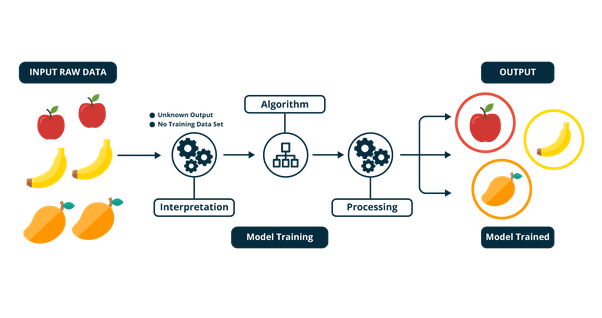How Machine Learning Works
Generate 10% more revenue.
Know everything about your customer’s buying preferences.
Align opportunities to your sales process, increasing sales and retention.

Machine learning is a growing market segment across all industries, not just insurance, and sales professionals can leverage it to improve all aspects of the sales funnel. However, there is a slight catch: Most organizations are not set up to use machine learning on their own, due to the cost of building a machine learning model from scratch. At ReFocus, we take the data you already possess and process it to build models that give you insights crucial to your business.
WHAT IS MACHINE LEARNING?
Machine learning mimics the process of human learning. Through modeling, insurance professionals can increase the predictability of their client’s needs in real-time.
While machine learning has been around for decades, it’s only recently that we’ve had the power and the data available to curate accurate models on a commercial scale. Popular uses include handwriting translators, document readers, and spam detectors.
DIFFERENCE BETWEEN MACHINE LEARNING AND STATISTICS
While there is often the idea that machine learning is just glorified statistics, this isn’t the case. Statistics takes data and uses it to identify whether a model provides accurate results. Machine learning, on the other hand, uses data to predict what results you can expect.
On a very simple level, these two can intersect: Let’s say you want to expand a specific business segment, and you need to know what combination of advertising is likely to appeal to that business segment. You construct your machine learning model based on previously obtained data, perhaps using the likely age of decision-makers, gender, income, and so on, to make a prediction on a targeted advertising strategy. You then use statistics to check whether that advertising strategy is working: number of visits to your website, results from social media, and so on.
Matthew Stewart, a PhD researcher at Harvard University, helpfully notes the statement that machine learning is just glorified statistics as being similar to the idea that architecture is glorified sandcastle construction. While both machine learning algorithms and statistics make use of probabilities, the results are very different.

Machine learning is the use of statistical models to identify trends at scale.
HOW CAN MACHINE LEARNING HELP ME?
Machine learning can fill in large blanks in your understanding of your customers, helping you target products to their needs. This provides further opportunities for sales, ensuring the customer gets what they want with a hassle-free experience.
This is done by mining your existing data to provide context throughout the sales process. The model then provides guidance on what data is missing — what does it need to do its job. At the same time, machine learning infers the missing data, providing a high degree of accuracy in predictions. New processes provide this data, updating the model.
As an example, machine learning might spot that most quotes are made via email or over the telephone and that essential data isn’t being captured at that stage. Ultimately, this reduces the likelihood of spotting new opportunities, and it may also highlight weaknesses in automatic systems designed to produce quotes on-demand or issues with the sales process. All of these parts of the sales funnel rely on each other to produce a cohesive result.
Once your systems are redesigned to capture essential information and utilize it, the model produces more accurate results, with real-time actionable insights. In addition, end-users mark whether the prediction was accurate, helping the model learn even faster.
THE KEY BREAKDOWN
Ultimately, machine learning helps you understand your customers better so that you can improve your processes and your sales funnel. Identifying areas of weakness and building new systems provide better results to create powerful results that increase sales.





